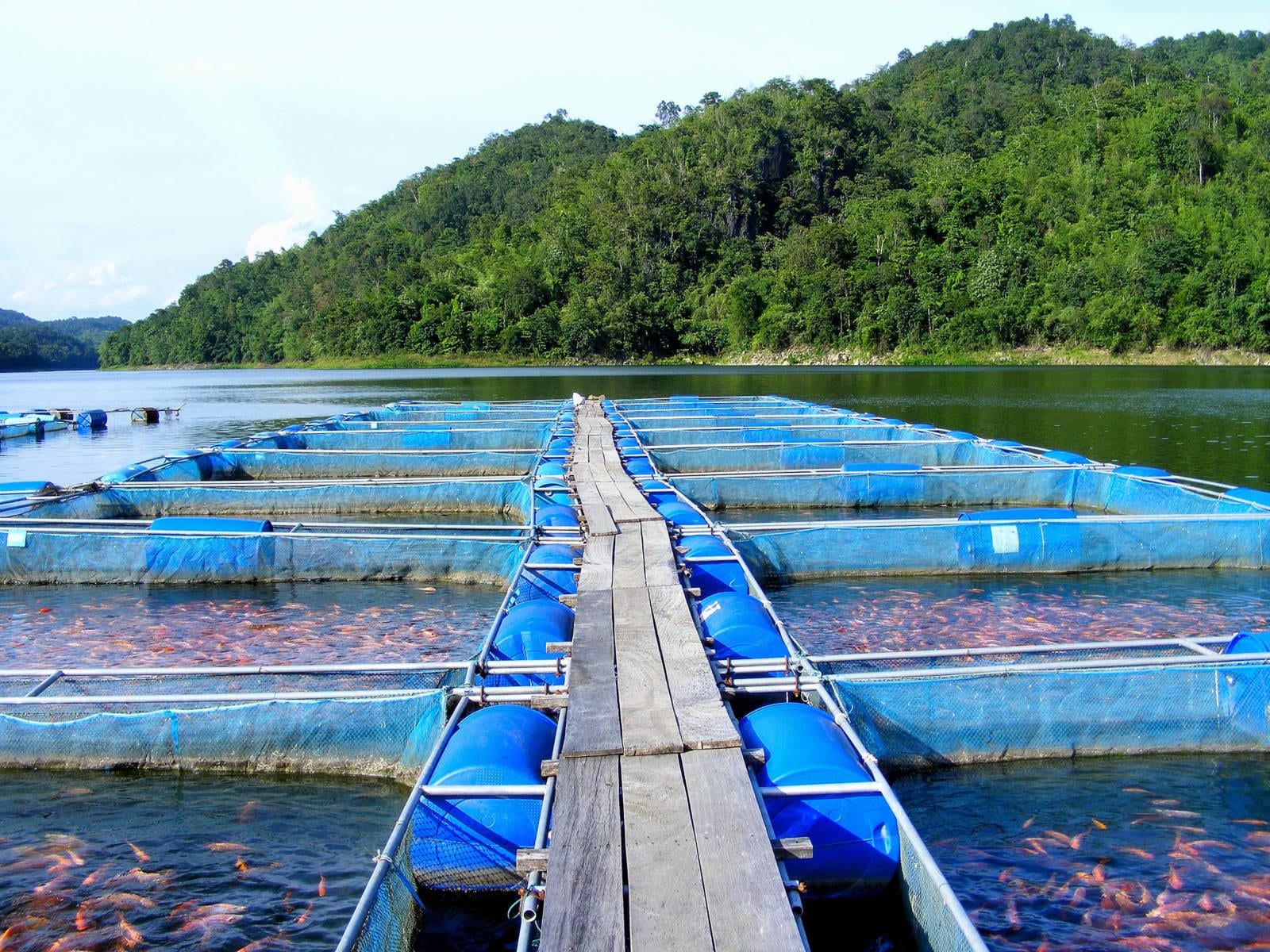For the past 30 years, the International Soy in Aquaculture Program of the U.S. Soybean Export Council has been working to increase the utilization of soy products in farmed fish feed. Initially, the program focused on transitioning Chinese aquaculture from manure-based to soy-based formulated feeds to improve product quality and lessen environmental impact. As the young aquaculture industry grew, the program’s focus expanded to include other global regions and farmed species. The industry recognized that in order for it to fully develop and grow, it was imperative to replace the key feed ingredients of fishmeal and fish oil from wild-caught sources with more sustainable, scalable and affordable alternatives.
In the past 15 years, soy has emerged as the most widely used alternative protein to fishmeal in farmed fish diets, due in no small part to the U.S. soy industry’s support for feed formulation research, education and training efforts. Soy’s complete nutritional and amino acid profile works well in aquaculture feeds, and the use of advanced soy products have overcome digestibility issues for carnivorous fish species.
For many of the most popular farmed species worldwide, such as shrimp, salmon and tilapia, this has allowed a drastic reduction in the amount of fishmeal and fish oil from wild-caught sources. This reduction has allowed the more selective use of that limited resource for specific stages of production such as hatchery, broodstock and finishing diets. The end result of these improved diets is a more sustainable global aquaculture industry.
The latest United Nations Food and Agriculture Organization State of the World Fisheries and Aquaculture Report, issued this summer, notes just how far the industry has progressed in terms of its overall sustainability. The report notes that fishmeal inclusion rates in Atlantic salmon diets have decreased from 65% in 1990 to 19% in 2013. Food conversion ratios for global aquaculture in general have decreased from around 3:1 (three pounds of feed for one pound of farmed fish) to 1.3:1 over the past 25 years, largely due to better feed formulations, feed manufacturing methods and on-farm feed management. These improvements in feed conversion ratios, reduction of fishmeal and fish oil from wild caught sources, and technological advances have resulted in aquaculture now being recognized as having the least environmental impact of any other form of protein production.
The global aquaculture industry’s continued drive to improve sustainability bodes well for U.S. soy, as aquaculture continues to be the fastest growing food production sector. The FAO report notes that in 2016, the share of aquaculture products in total food fish consumption was 53%, as compared to 41% in 2006. Global aquaculture production in 2016 included 80 million metric tons of food fish, and that number is projected to grow by 37% by 2030.
With sustainable, scalable U.S. soy as a key feed ingredient, and the visionary support of U.S. soybean farmers, the global aquaculture industry will be able to scale up to meet increasing demand for healthful farmed seafood worldwide.
